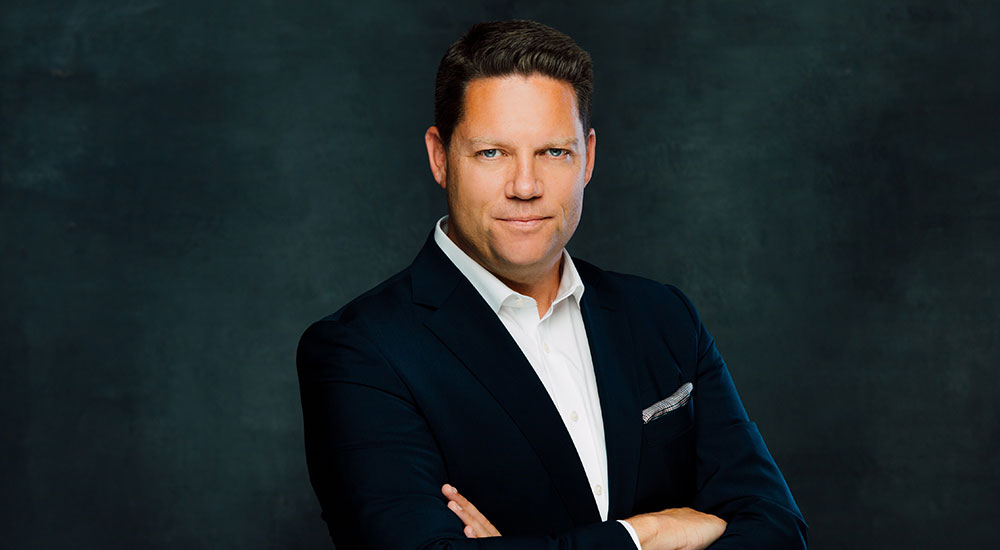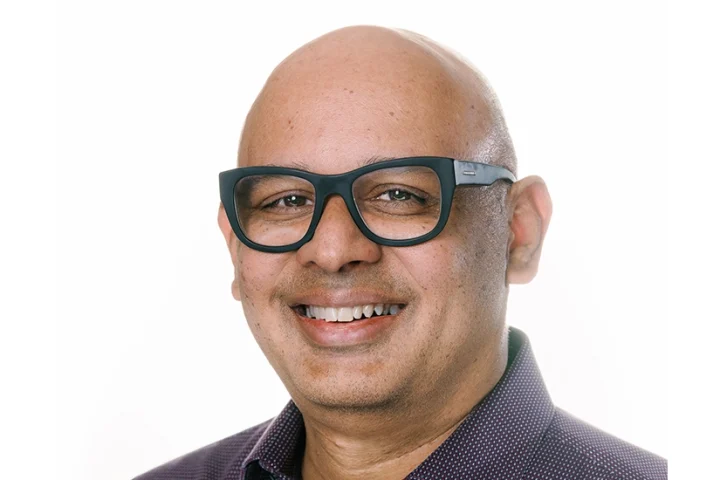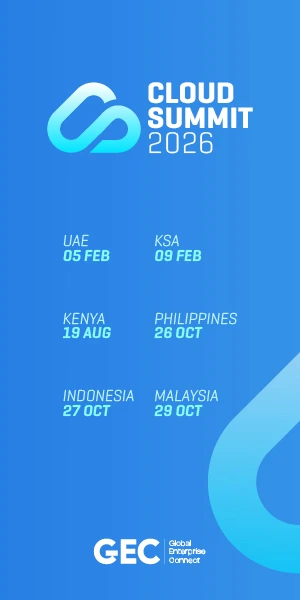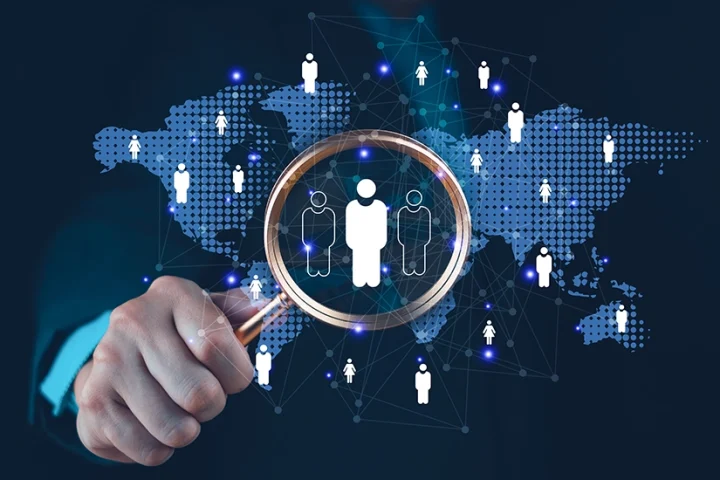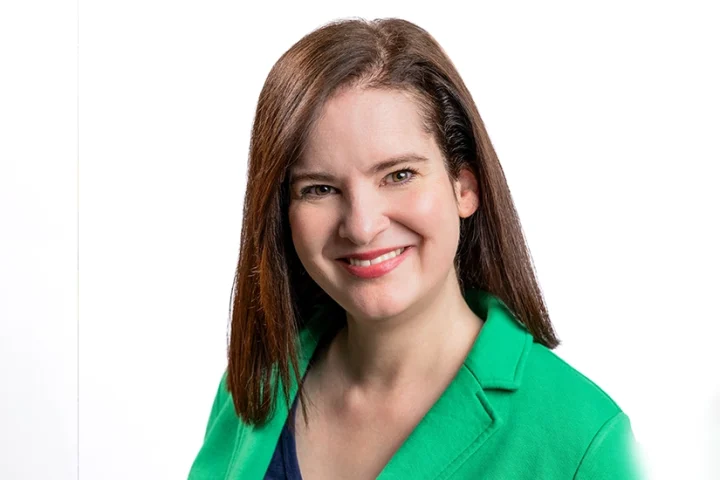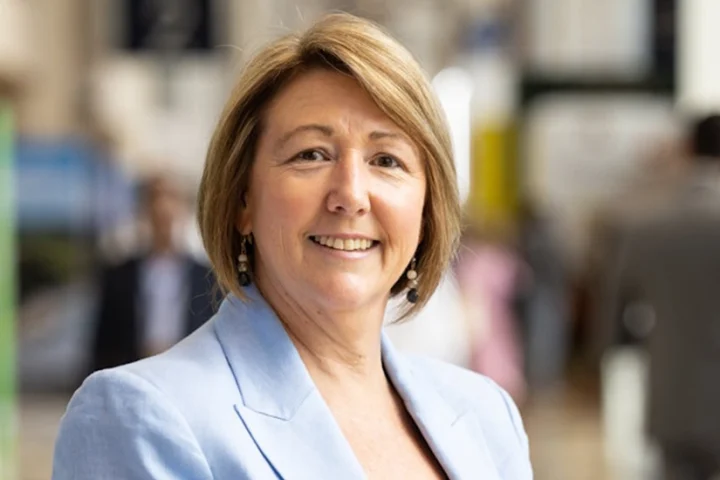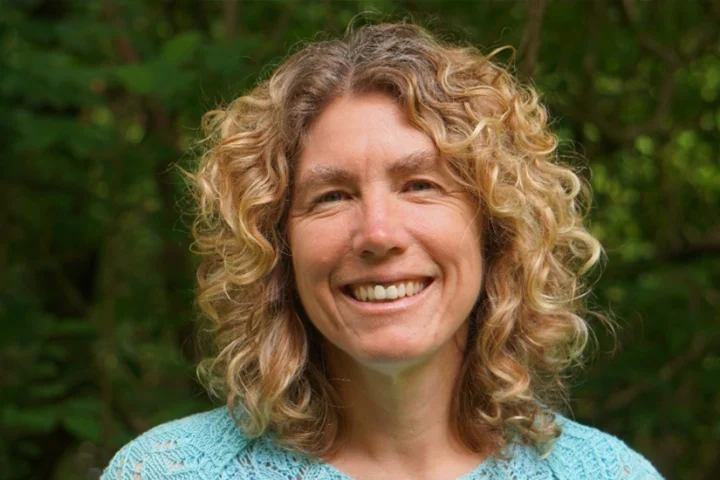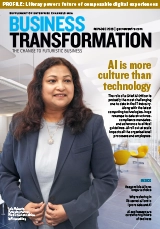At this year’s VeeamON, the company went beyond its usual technical deep dive—unveiling a strategic shift toward full-solution resilience. Tim Pfaelzer, General Manager and SVP for EMEA, shares the top announcements driving this transformation.
Can you walk us through the major announcements made at VeeamON?
The good thing is, VeeamON typically focuses on very technical updates—but this time, I felt there was a nice mix. We had some technical news, some business-related announcements, and also a look into the future.
From a technical perspective, the biggest highlight for me was launching our own virtual appliance—essentially, a software-only version. That’s a big step. It’s something we always thought about doing but never actually did—until now. It’s finally been released, and it’s been really well received, especially by the tech-savvy crowd. They’re excited about how easy it is—just double-click to install, and you’re done. No extra steps. That was huge.
From a business standpoint, the most exciting part was the launch of the Digital Resilience Maturity Model (DRMM).
The great thing is, after the announcement, I spoke to customers, partners, and other stakeholders—and for many, this was the standout moment. The DRMM isn’t just something we came up with in isolation; it’s aligned with models from organizations like McKinsey and MIT. It’s a framework for assessing where a company stands in terms of digital resilience—looking not just at software or hardware, but at people, processes, and overall capability.
It helps customers go beyond just saying, “We bought the right tool.” It gets them asking: “How mature are we as an organization? How ready are we to respond to disruption?” That shift in thinking is powerful.
This is a different kind of engagement with the customer. We’re asking them to commit resources—to put people in a room for a full day—and go through a ton of questions and assessments. It requires them to open up, to be transparent.
But it’s absolutely worth it for them, because the output they receive is powerful. For example, a customer might walk in thinking they’re at a “5 out of 5” on digital resilience, but through the process, they might discover they’re actually at a “2 out of 5.”
Now, that realization alone isn’t the issue. The real value is that the output provides a clear recommendation on what steps they need to take to get from a 2 to a 5. That’s the key point—it’s actionable. But yes, it requires an open mindset from the customer to engage with it seriously.
And in terms of announcements, the third big one was Veeam Guardian—our AI initiative. Everything we’ll be doing in the future around AI falls under this umbrella. That announcement got a lot of attention—understandably, because AI is never a final destination; it’s a continuous journey.
What we’re doing is showing customers and partners that we’re actively moving along that journey. We’re embedding AI into our tools to make it easier for them to manage their hardware and software environments more efficiently.
So for me, those were the top three highlights:
- The virtual appliance launch
- The Data Resilience Maturity Model
- The Veeam Guardian AI initiative
Of course, there were plenty of other great announcements—like version 13 of VDP and others—but these three really stood out
The key theme discussed at the event was data resilience. How do you define data resilience, and how different is it from cyber resilience?
Well, I think the word resilience itself is the key—regardless of what you put in front of it, whether it’s cyber, data, or something else. That’s the core message.
Cyber resilience and data resilience do go hand in hand. Coming from a backup and software vendor background—we’ve been doing that for the past 19 years—our evolution into a full-fledged security-focused company is where the distinction becomes important.
Traditionally, a backup vendor focuses on data resilience: protecting, recovering, and ensuring data availability. A cyber resilience approach, however, goes further—it’s about defending the entire ecosystem, including data, infrastructure, and operations, against threats.
But this evolution doesn’t happen with software alone. It requires a strong ecosystem of partners, alliances, GSIs, implementation experts, and service providers. They help complement our software with the right infrastructure, network monitoring, security practices, and more. That’s how you achieve true cyber resilience.
And that’s where our strategy aligns—looking holistically at everything through platforms like DRMM (Data Resilience Maturity Model) to guide and measure that transformation.
Tell us a bit about Veeam Data Cloud. Veeam expects it to quadruple in size—how critical is that to your growth strategy?
Veeam Data Cloud is absolutely critical to our growth. Nearly every customer I speak to is either already moving to the cloud or just starting the journey—and most begin with Microsoft 365, which is a core focus for us.
We’ve long supported on-premise environments, but Microsoft 365 has been the entry point to cloud protection. We’ve already captured more than one-third of the total addressable market in that space—and yet, around 70% remains untapped. Even so, we’re already the largest vendor in this segment.
Microsoft recognizes that—they’ve signed agreements with us and even invested in our company. That’s a strong vote of confidence.
But it’s not just about M365. We recently launched support for Android and Intune, and there’s growing demand for protecting other workloads like Microsoft CRM. All of this is being built into the Veeam Data Cloud, delivered as an as-a-service model—making it one of the most strategic pillars of our future growth.
And from a leadership perspective, what are your biggest priorities for the next 12 to 18 months—both for this region and internationally?
Right—so internationally, we’ve set two major strategic goals as a company:
- To become a SaaS-first, trust-first company
- To become number one in the enterprise segment
We didn’t just start this journey today—we began 18 to 24 months ago, with the launch of the VDC platform that now powers our cloud solutions, and we’re continuing to build on that foundation.
We’ve also committed to ensuring feature parity across all purchasing channels—whether a customer buys from a partner, a VCSP (Veeam Cloud & Service Provider), or elsewhere. No matter the source, they’ll get the same features and capabilities at launch. That way, everyone can take full advantage of our cloud offerings.
We’re also committing to growing the cloud workload share of our business. That said, we’re aware that many customers still rely heavily on on-prem environments, and we’re here to support them as they transition to the cloud at their own pace. Our goal is to guide them forward, but also meet them where they are today.


